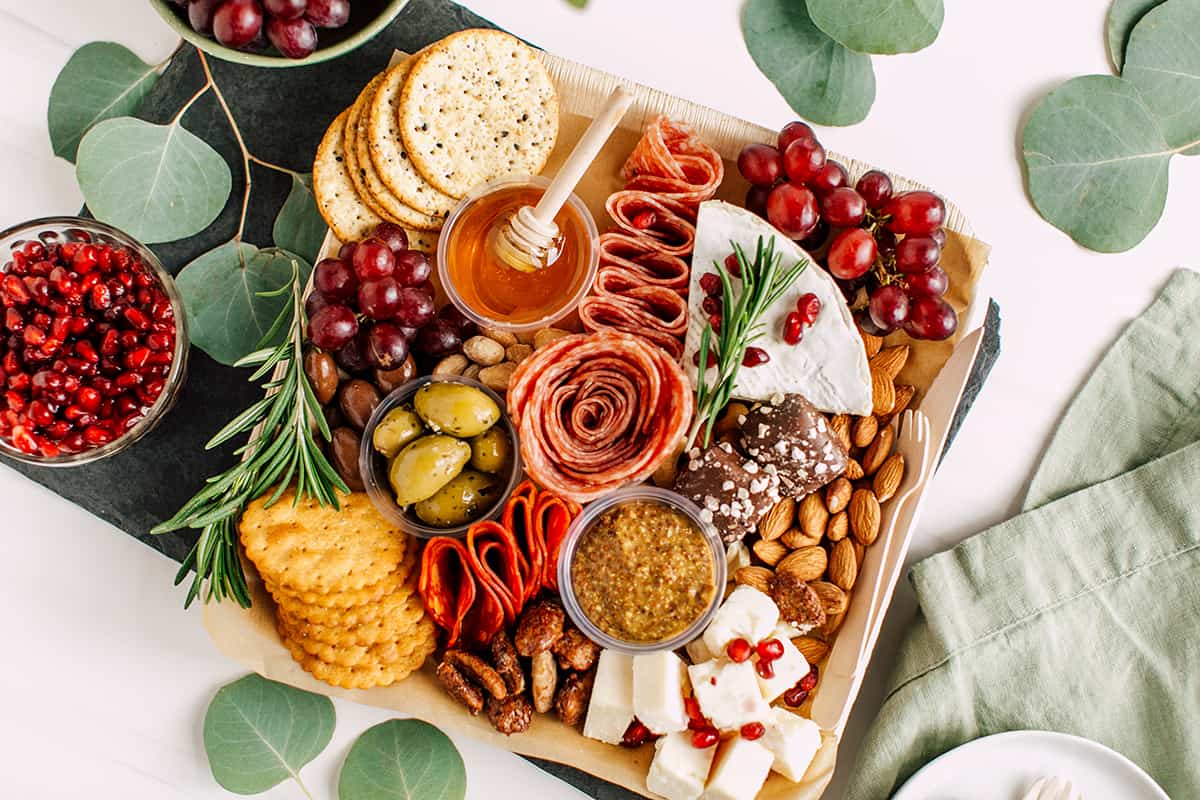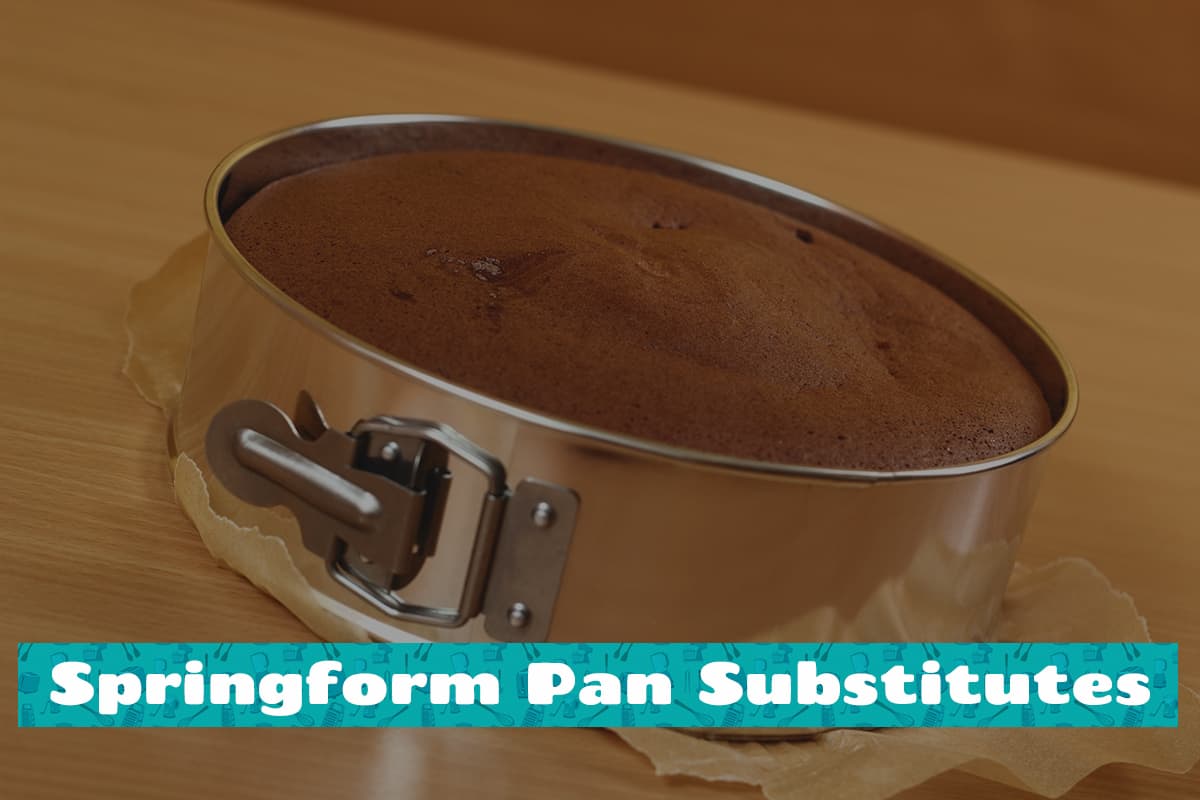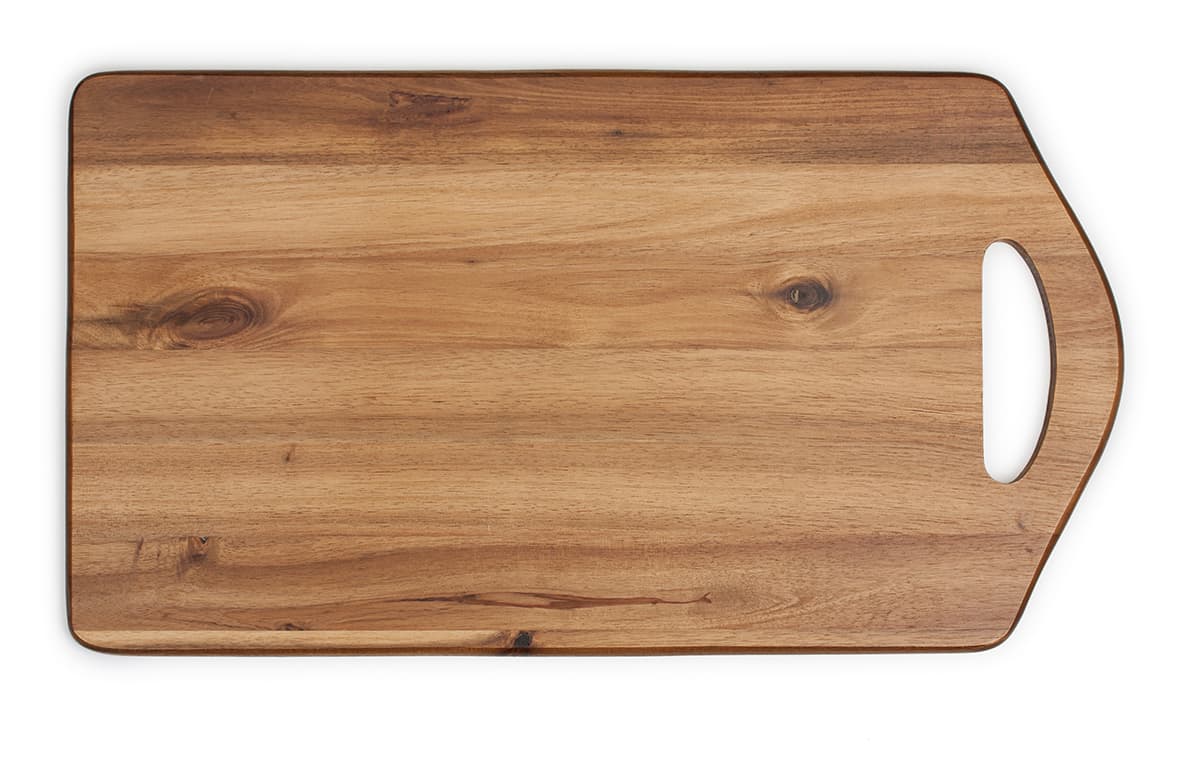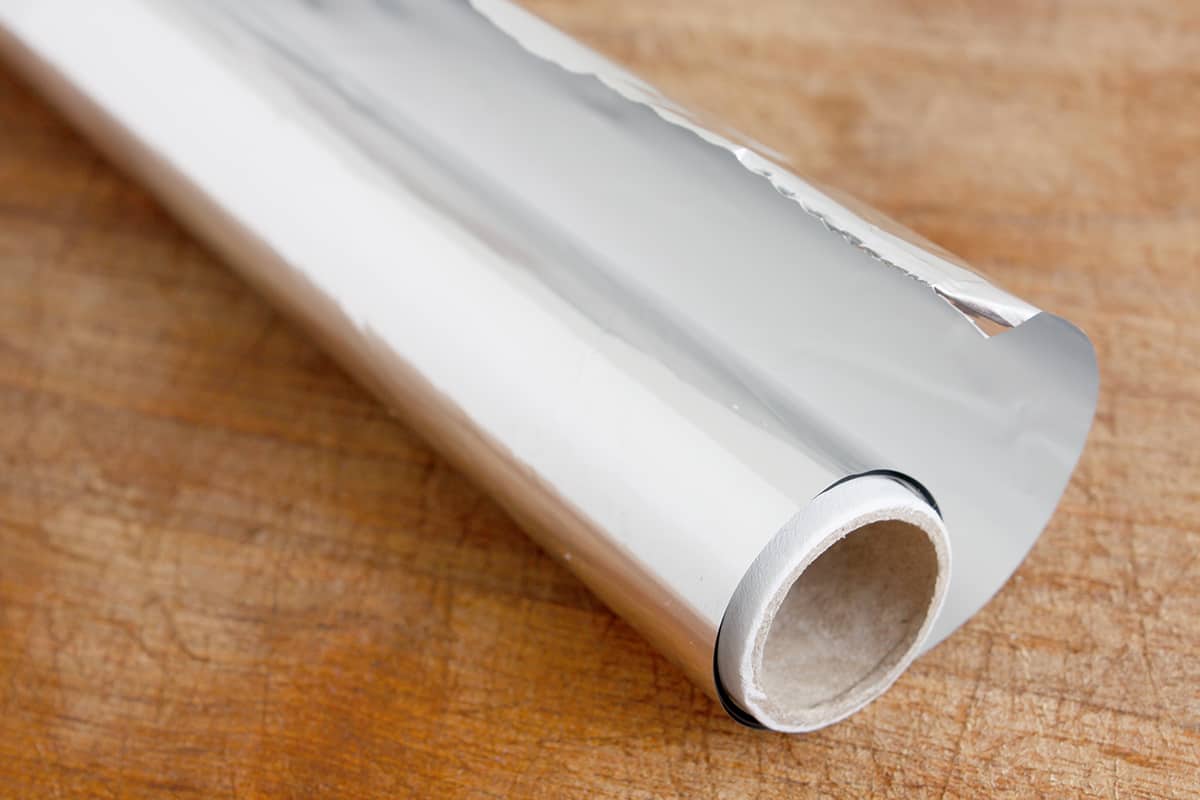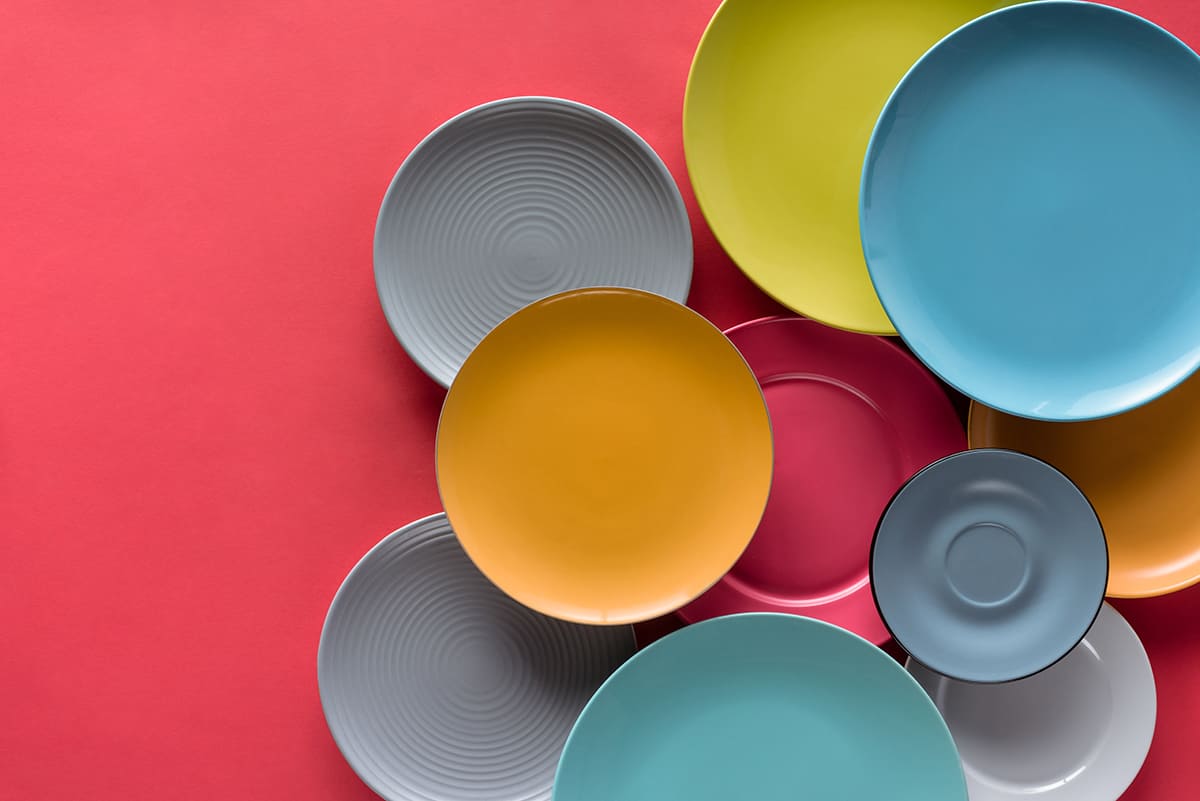A charcuterie board is a beautiful and delicious arrangement of cured meats, cheeses, and various accompaniments, served as an appetizer or snack. The key to a successful charcuterie board lies in the variety of flavors, textures, and colors, as well as the presentation.
Here is an easy-to-follow checklist for preparing a charcuterie board:
- Cured meats
- Cheeses
- Crackers and breads
- Fruits and vegetables
- Dips and spreads
- Nuts and olives
This comprehensive guide will walk you through the steps of planning, selecting components, and building your charcuterie board, as well as pairing it with beverages.
Planning Your Charcuterie Board
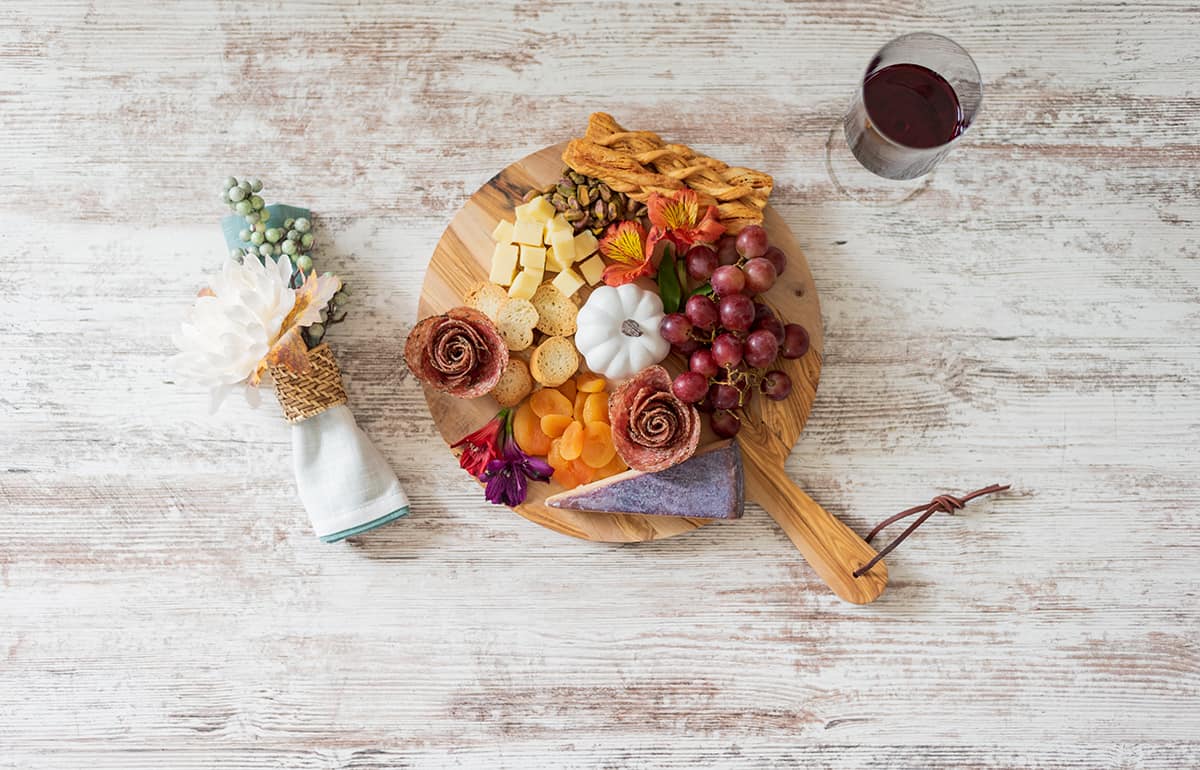
Before you start building your charcuterie board, it’s important to plan. Think about the occasion and your budget. This will help you decide what ingredients to include and how much to buy.
Choosing the Occasion
Different events may require different types of charcuterie boards. Consider the theme, the number of guests, and their preferences. This will help you create a board that everyone will enjoy.
For a casual gathering, you might choose a simple and rustic board with classic meats and cheeses. For a more formal event, you could opt for a more elaborate and sophisticated board with premium ingredients and unique pairings.
Tailor your charcuterie board to match the atmosphere and tone of the occasion, whether it’s a cozy family dinner, a festive holiday party, or a classy wine-tasting event.
Setting a Budget
Decide how much you want to spend on your board. You can estimate the cost per person and look for deals or sales. Keep in mind that the price of cured meats and artisan cheeses can vary widely.
If you’re on a tight budget, focus on selecting a smaller number of high-quality ingredients that offer great flavor and presentation. Alternatively, if your budget allows, you can splurge on a wider variety of premium items.
Remember, a beautiful and delicious charcuterie board can be created at any budget level.
Selecting Components for Your Charcuterie Board
Now it’s time to choose what goes on your board. You’ll need a mix of meats, cheeses, crackers, fruits, and more.
1. Cured Meats
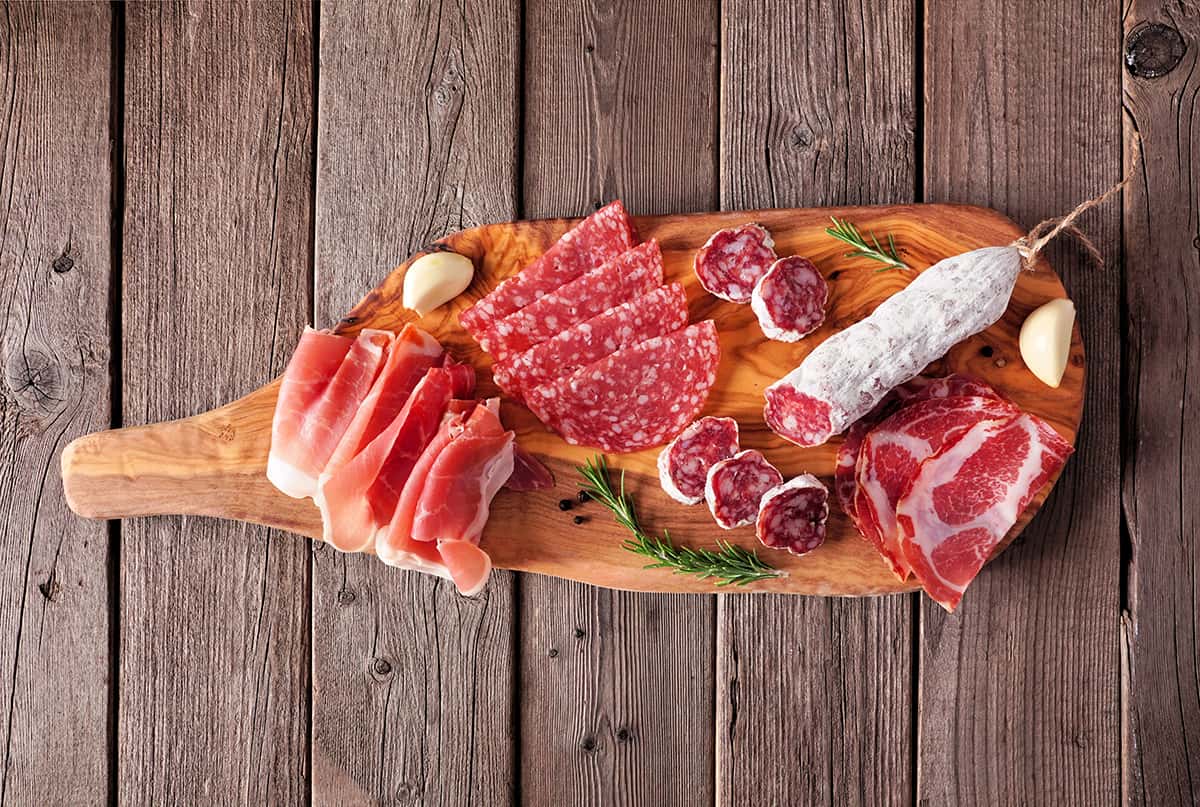
Cured meats are the star of a charcuterie board. Choose different types like salami, prosciutto, and pepperoni. Try to include a variety of flavors and textures. Plan for about 2-3 ounces of meat per person.
- Salami
- Prosciutto
- Soppressata
- Capicola
- Mortadella
- Pepperoni
- Chorizo
- Bresaola
- Speck
- Jamón Ibérico
2. Cheeses
Pick a mix of cheeses like cheddar, brie, and gouda. Aim for different flavors, textures, and colors. Pair your cheeses with your meats to create interesting combinations. Plan for about 1-2 ounces of cheese per person.
- Cheddar
- Brie
- Gouda
- Blue cheese
- Goat cheese
- Camembert
- Gruyère
- Havarti
- Manchego
- Mozzarella
3. Crackers and Breads
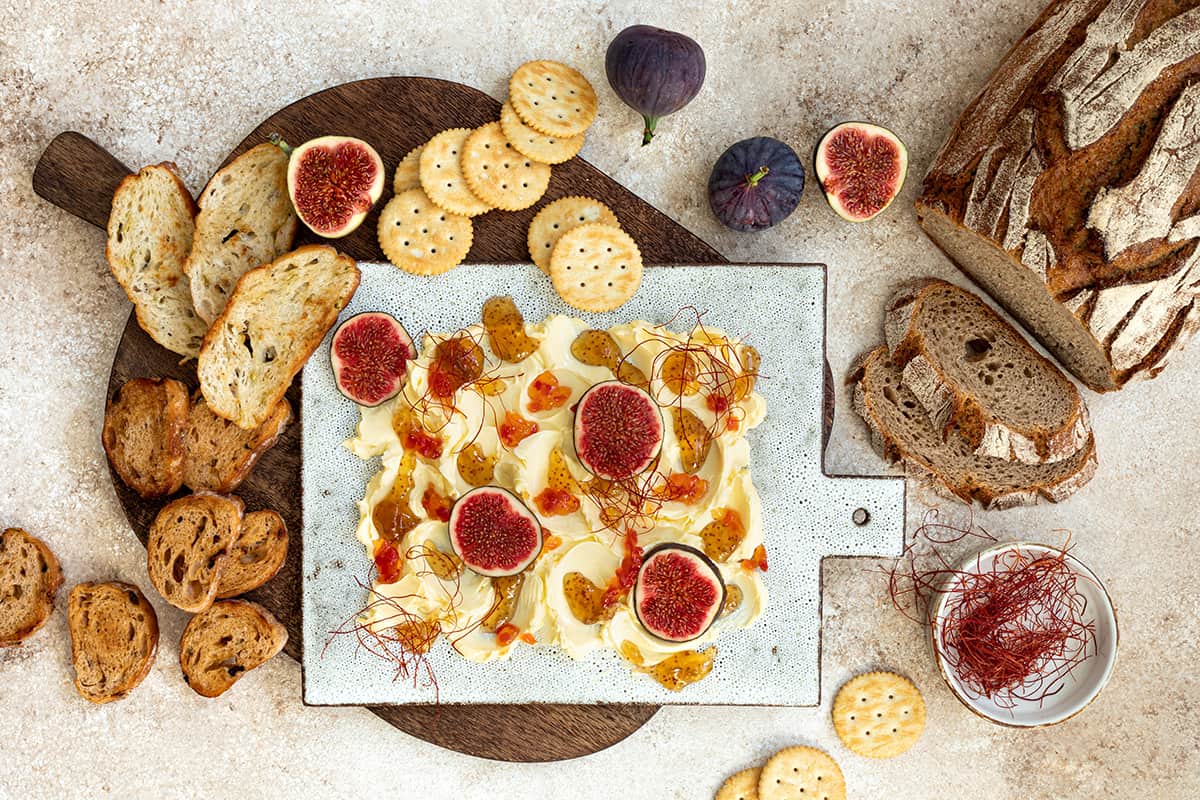
Add crackers and breads for spreading and stacking. Choose different shapes and flavors. Make sure to include some gluten-free options for guests with dietary restrictions.
- Water crackers
- Wheat crackers
- Rice crackers
- Multigrain crackers
- Baguette slices
- Crostini
- Pita chips
- Pretzel crisps
- Gluten-free crackers
- Flatbread
4. Fruits and Vegetables
Include seasonal fruits and vegetables for color and flavor. Grapes, berries, and cherry tomatoes work well. They also add a healthy touch to your board.
- Grapes
- Berries (strawberries, raspberries, blueberries)
- Apple slices
- Pear slices
- Dried apricots
- Cherry tomatoes
- Cucumber slices
- Carrot sticks
- Bell pepper strips
- Pickles
5. Dips and Spreads

Add some dips and spreads like hummus, mustard, or jam. They can be sweet or savory. You can make them yourself or buy them at the store.
- Hummus
- Mustard (whole grain or Dijon)
- Fig jam
- Olive tapenade
- Pesto
- Bruschetta
- Honey
- Cream cheese spread
- Artichoke dip
- Guacamole
6. Nuts and Olives
Include nuts and olives for extra flavor and crunch. Choose a variety like almonds, cashews, and green or black olives. Serve them in small bowls or sprinkle them around the board.
- Almonds
- Cashews
- Walnuts
- Pistachios
- Pecans
- Marcona almonds
- Green olives
- Black olives
- Kalamata olives
- Stuffed olives (e.g., with garlic or blue cheese)
Building Your Charcuterie Board
Once you have your ingredients, it’s time to build your board. Focus on the board itself, arranging the components, and adding decorations.
Choosing the Right Board
Pick a board that’s big enough to hold everything and suits the style of your event. You can use wood, marble, or slate. Choose a shape that fits your theme or occasion, such as round, square, or rectangular.
A wooden board with a natural edge can add a rustic touch, while a marble board can create an elegant and sophisticated presentation. Make sure your board is sturdy and easy to clean, as you’ll be placing food directly on it.
If you don’t have a dedicated charcuterie board, you can also use a large cutting board or a serving platter as an alternative.
Arranging Components
Arrange your meats, cheeses, and other ingredients in an eye-catching way to create a visually appealing and easy-to-navigate board.
Group similar items together or create a pattern, such as placing cheeses in a circle and meats in the center. Use small bowls or ramekins for dips, spreads, and nuts, which adds height and variety to the display.
Fold, roll, or fan out the cured meats to showcase their textures and make them easy to grab. Leave space between different items to avoid mixing flavors and to make it easier for guests to pick up individual components.
Don’t be afraid to get creative and experiment with different layouts to make your charcuterie board unique and inviting.
Garnishing and Decorating
Add edible garnishes like fresh herbs or edible flowers to your board for an extra touch of visual appeal. You can use sprigs of rosemary, thyme, or basil to add fragrance and color.
Edible flowers, such as pansies or nasturtiums, can provide a pop of color and a unique touch. You can also use themed decorations to make your board more festive, like mini flags for a national holiday or special toothpicks for a birthday celebration.
Make sure to keep the focus on the food, so avoid overcrowding the board with decorations. Balance visual interest with accessibility to create an inviting and appetizing display.
Pairing Your Charcuterie Board with Beverages

To make your charcuterie board even better, serve it with drinks that complement the flavors.
Wine Pairings
Choose wines that go well with your meats and cheeses. Reds, whites, and rosés can all work. Look for wines with flavors and textures that match your board components.
Beer and Cider Pairings
Try different types of beer and cider to find the best matches for your board. Look for beverages with complementary flavors and profiles that enhance the taste of your meats, cheeses, and other ingredients.
FAQs
1. What is the ideal ratio of meats, cheeses, and other components on a charcuterie board?
A good rule of thumb is to have 2-3 ounces of meat and 1-2 ounces of cheese per person. For the other components, like crackers, fruits, and vegetables, adjust the amount based on your guest’s preferences and the size of your board.
2. How can I accommodate dietary restrictions and preferences when creating a charcuterie board?
Ask your guests about any dietary restrictions ahead of time. Provide gluten-free crackers, vegetarian alternatives like veggie-based “meats” and cheeses, and allergen-free options like nut-free spreads. Make sure to separate the items on the board to avoid cross-contamination.
3. How far in advance should I prepare my charcuterie board?
You can prepare your charcuterie board up to a day in advance. Store it in the refrigerator, covered with plastic wrap. Remove it from the fridge about 30 minutes before serving to let the meats and cheeses come to room temperature for the best flavor and texture.
